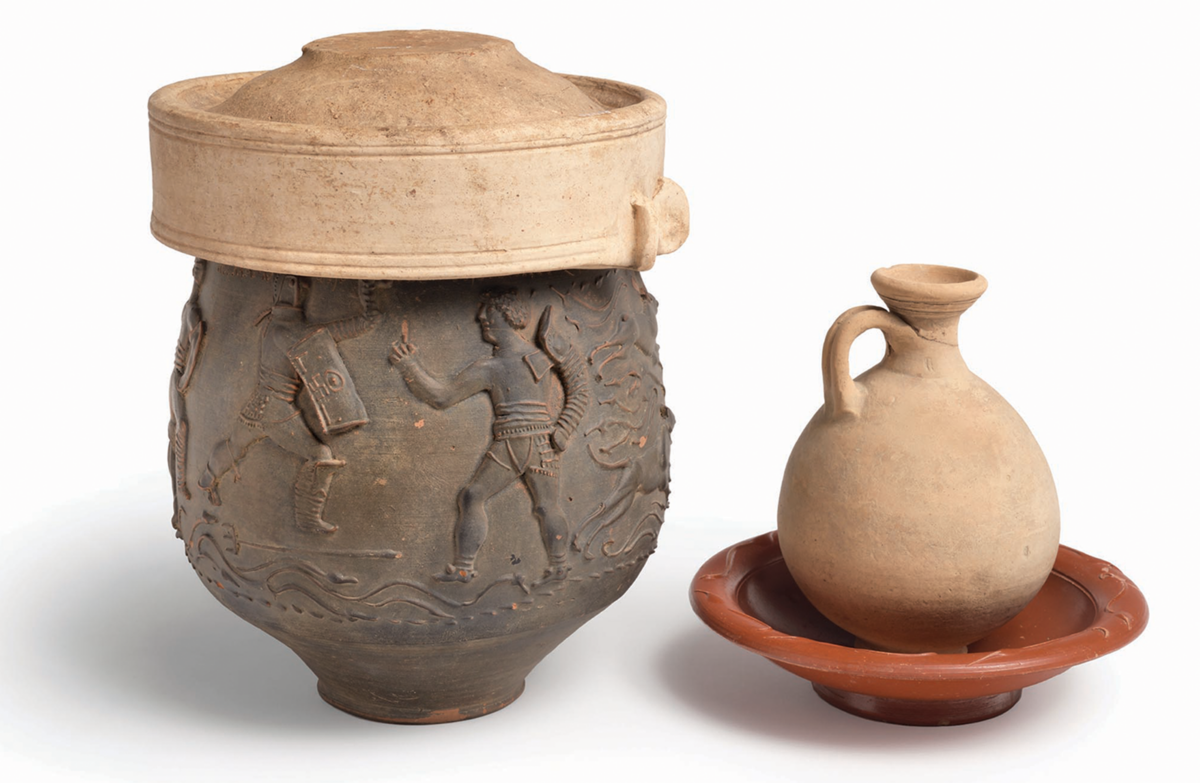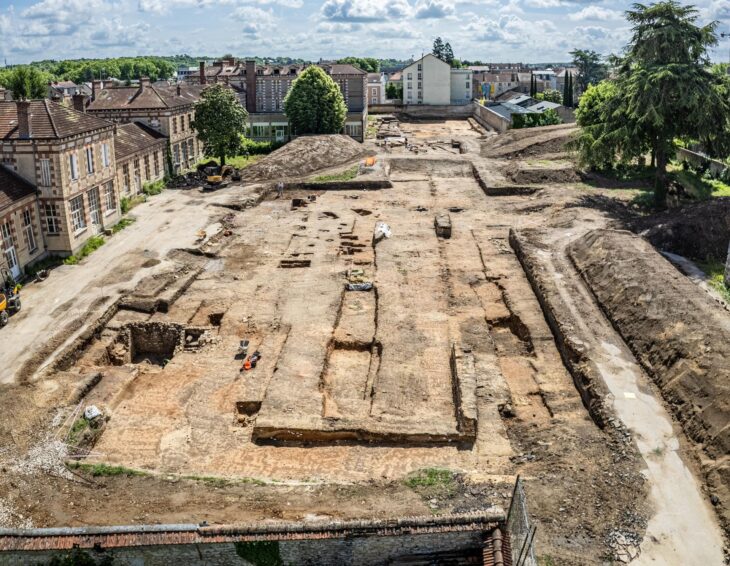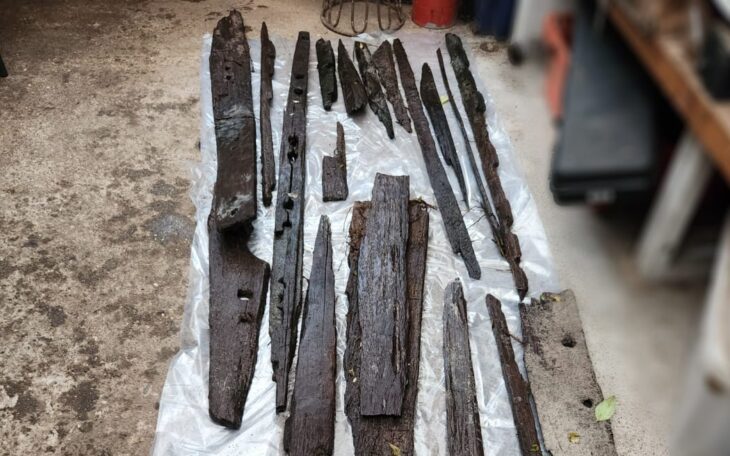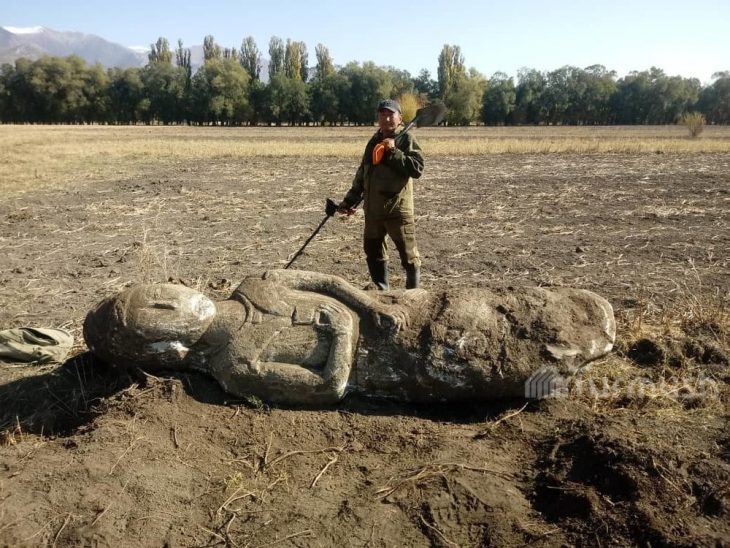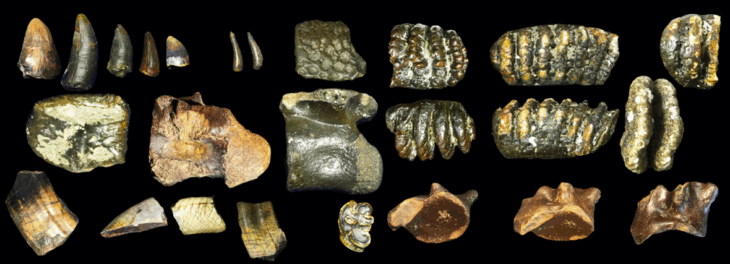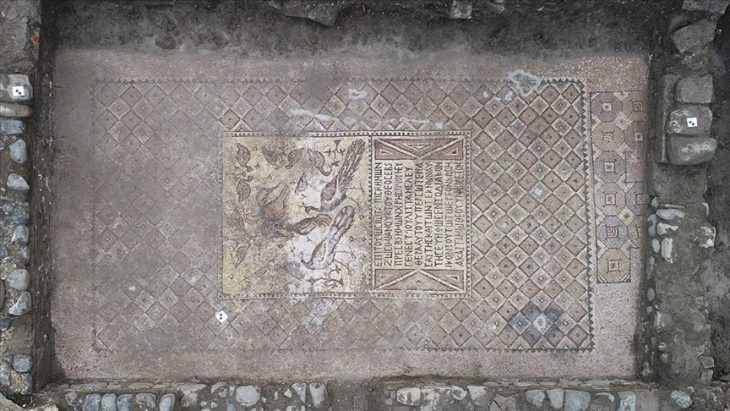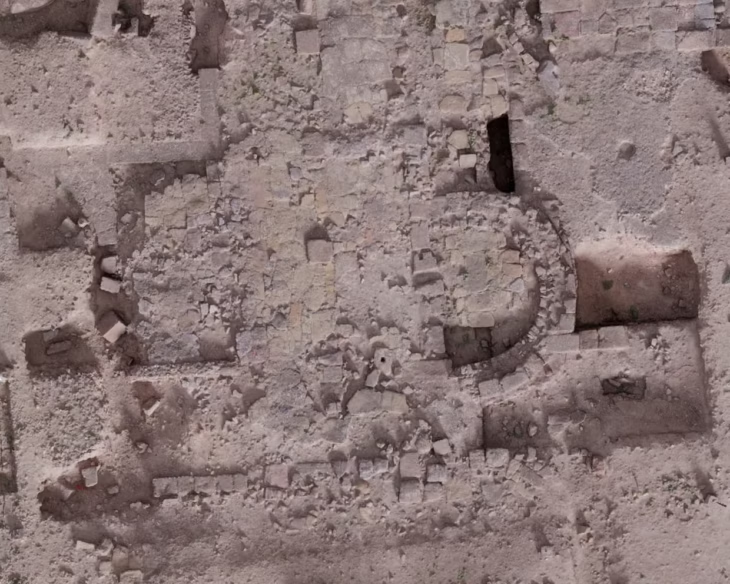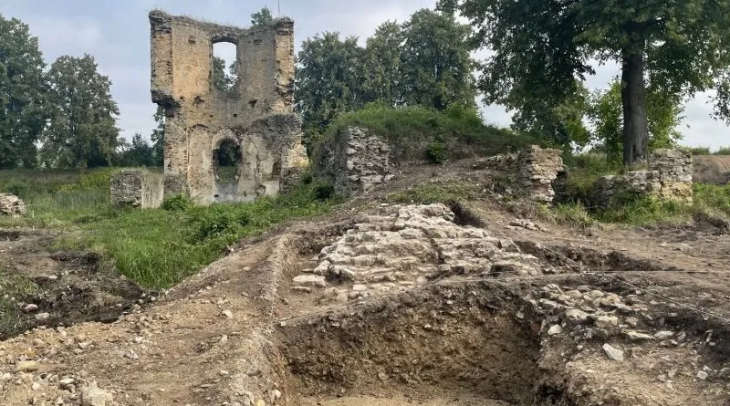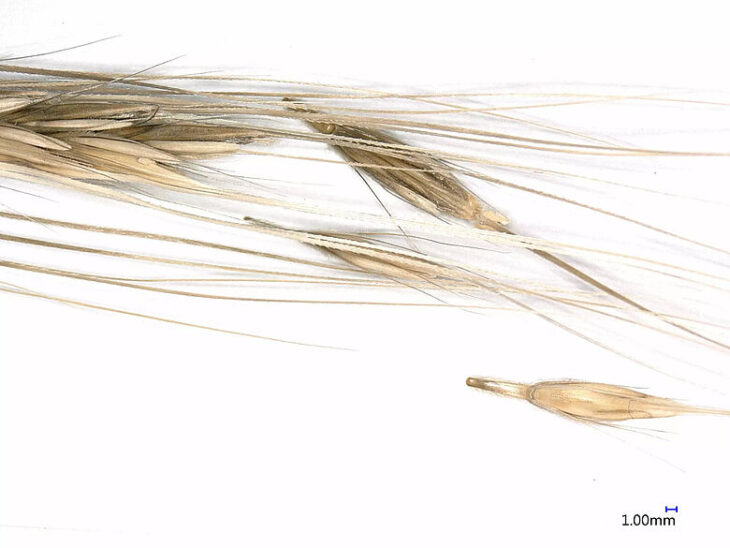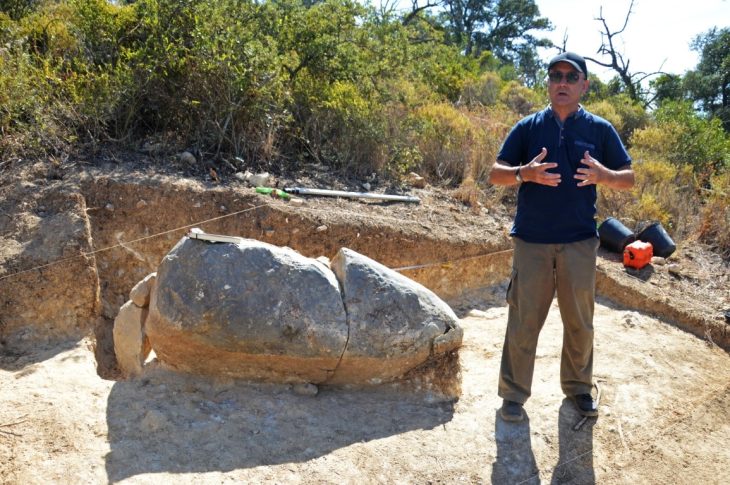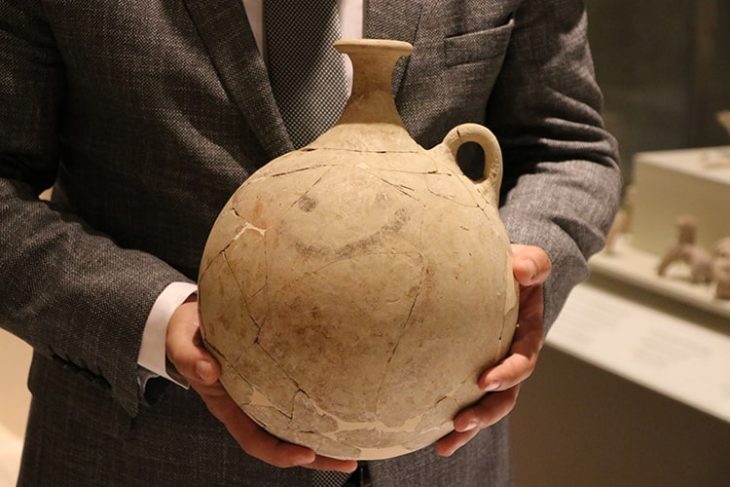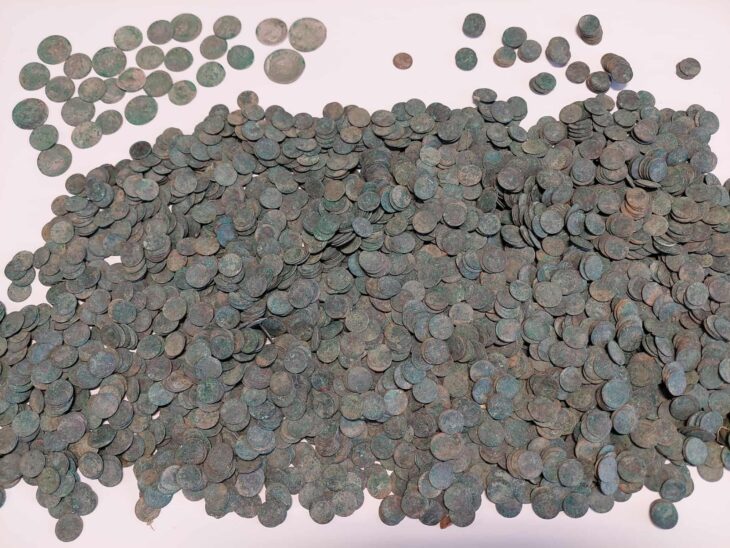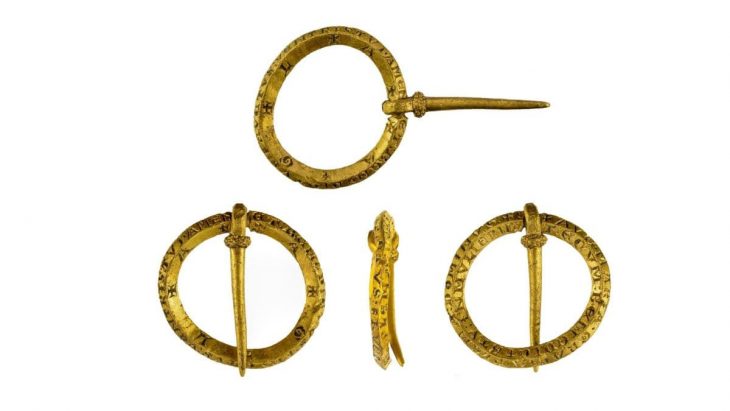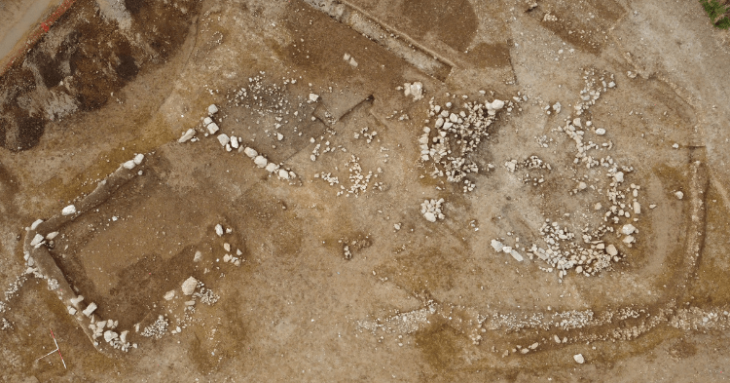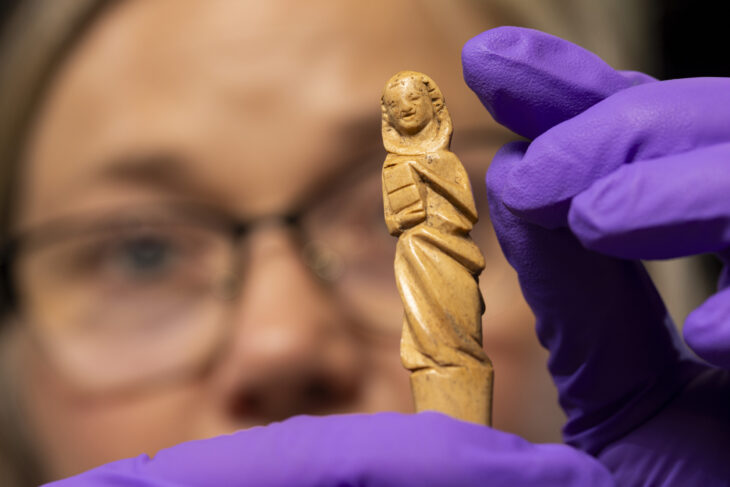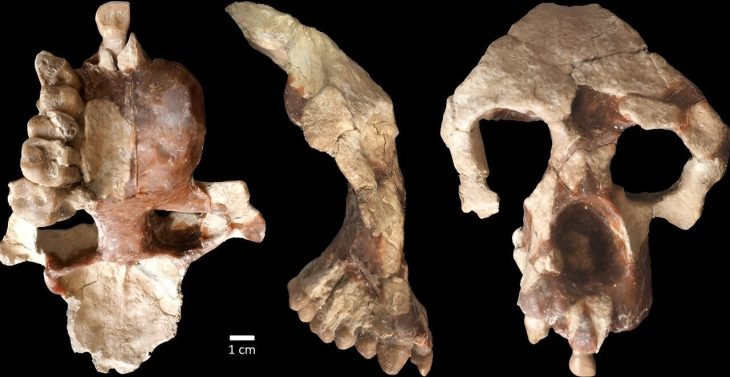The Colchester Vase, dating back to A.D. 160–200, is not just a ceramic artifact; it is considered a unique graphic and epigraphic testimony to the existence of gladiatorial combats in the Roman city of Camulodunum, now known as Colchester, illuminating the cultural and social dynamics of these games.
A new study led by Glynn J.C. Davis and John Pearce, in collaboration with experts in archaeology, epigraphy, and isotopic analysis, reveals that the Colchester Vase is more than just a decorative artifact; it is suggested to be a commissioned piece that documents a real combat event that took place in the city.
Recent discoveries surrounding the Colchester Vase have revealed its significance as a vital record of gladiatorial games in Roman Britain, showcasing the intricate connections between local culture, military influence, and the performers who captivated audiences of the time.
The vase, crafted in the kilns west of Colchester, features intricate decorations and inscriptions that name individual arena performers, suggesting it was a commissioned piece celebrating a local event.
Among the names that have intrigued researchers is Memnon, identified as a secutor—a type of gladiator known for battling against retiarii, who wielded nets and tridents. The name Memnon, derived from Greek mythology, evokes the legendary Ethiopian king associated with the Trojan War, hinting that it may have served as a stage name, a common practice among gladiators to enhance their personas in the arena. The inscription reveals that Memnon participated in at least nine combats, suggesting he had a notable career within the competitive world of Roman entertainment, where success was often measured by the number of fights fought and victories achieved.
📣 Our WhatsApp channel is now LIVE! Stay up-to-date with the latest news and updates, just click here to follow us on WhatsApp and never miss a thing!!

Another noteworthy name in the inscription is Valentinus, linked to the Legio XXX Ulpia Victrix, which was stationed in Xanten, modern-day Germany. This connection raises intriguing questions about the relationship between gladiators and the Roman military, a topic that has sparked considerable debate among historians. Some scholars propose that certain legions may have maintained their own groups of gladiators for entertainment purposes. The absence of recorded combats for Valentinus in the inscription may indicate that he was a tiro, or novice gladiator, embarking on his journey in the arena, where the path to fame and glory often began with a single fight.
Recent research has challenged previous assumptions about the vase’s inscription, revealing that it was likely cut before the vessel was fired, rather than afterward as previously believed. This finding is supported by the quality of the lettering and the absence of ragged edges, suggesting a skilled artisan was involved in its creation.
The Colchester Vase was ultimately used as a cremation urn, containing the remains of a non-local male over 40 years old. While it is unlikely that he was one of the performers, his connection to the event adds another layer of significance to the artifact.
The Colchester Vase contributes to a growing body of evidence that highlights the existence of Roman spectacles in the city. Among these findings are fragments of wall paintings featuring gladiators, molds for creating relief figures, and a knife with a handle designed in the likeness of a murmillo, another class of gladiator.
While no amphitheater has yet been discovered in Colchester, the existence of a Roman circus—the only one documented in Britannia—bolsters the idea that the city served as a hub for public entertainment, where chariot races and gladiatorial contests were integral to the local culture.
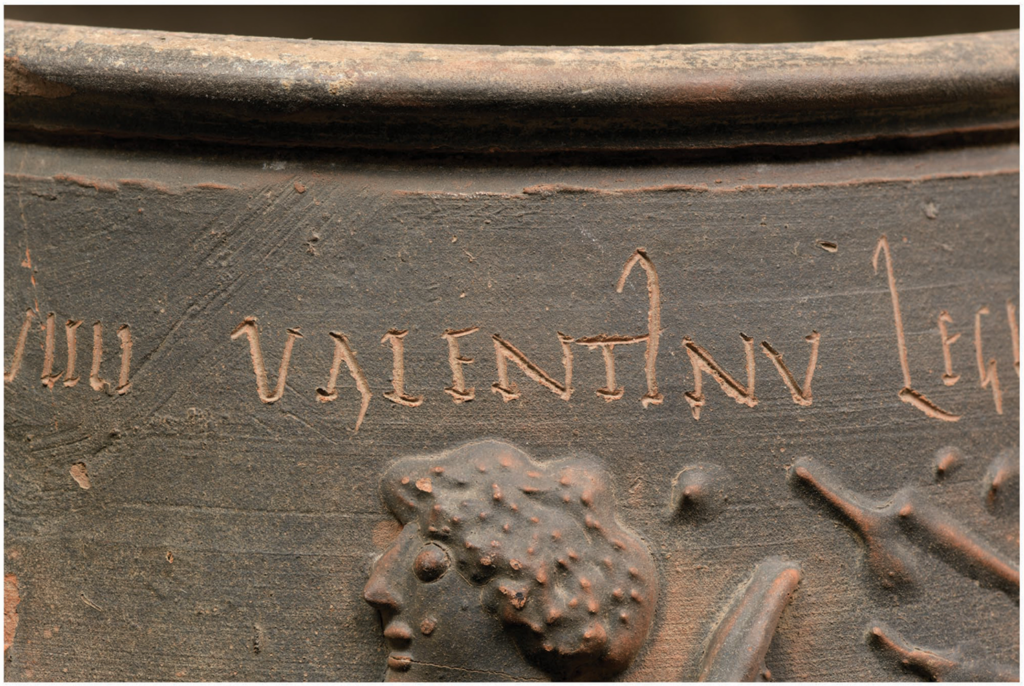
Furthermore, the commercial and military ties between Colchester and the Lower Rhine region likely played a crucial role in the movement of gladiators and animals for these events. Epigraphic evidence from the Germanic territories indicates the capture of bears for venationes, or wild animal combats, which may provide context for the hunting scene illustrated on the Colchester Vase.
The Colchester Vase was discovered in 1853 during excavations in the western cemetery area of Colchester, England. It was found as part of a burial group consisting of four vessels. The vase’s intricate decorations and inscriptions quickly attracted attention, leading to its recognition as a significant artifact that provides valuable insights into the cultural practices of Roman Britain, particularly regarding gladiatorial games and public entertainment.
This discovery is part of Colchester Museums’ ongoing “Decoding the Dead” project, which aims to explore the cultural and social dynamics of gladiatorial games in the north-west provinces of the Roman Empire.
Davis, G. J. C., Pearce, J., Carroll, E., Moore, J., Nowell, G., & Montgomery, J. (2024). Gladiators at Roman Colchester: Re-Interpreting the Colchester Vase. Britannia, 55, 3–24. doi:10.1017/S0068113X24000187
Cover Image Credit: The Colchester Vase burial group, including mortarium lid, dish and flagon. Credit: D. Atfield / Colchester Museums

